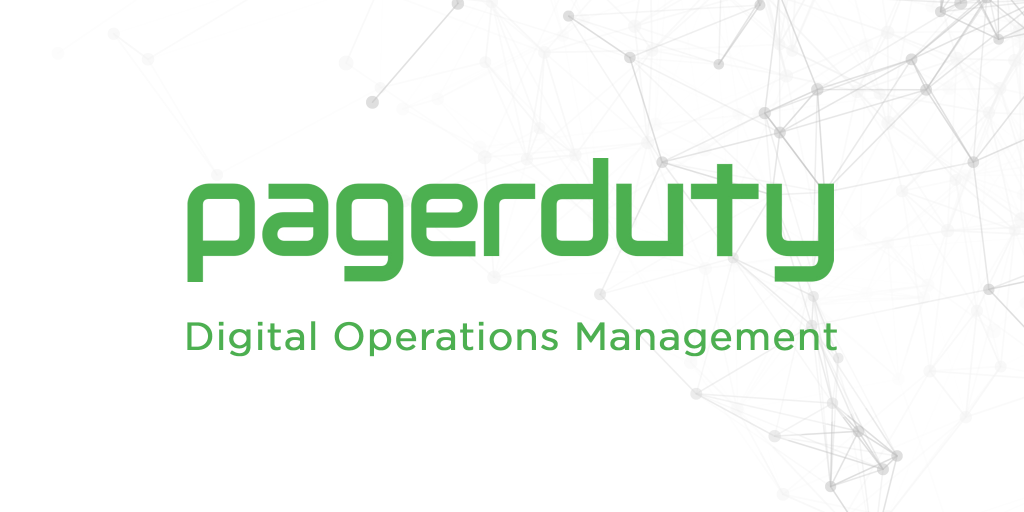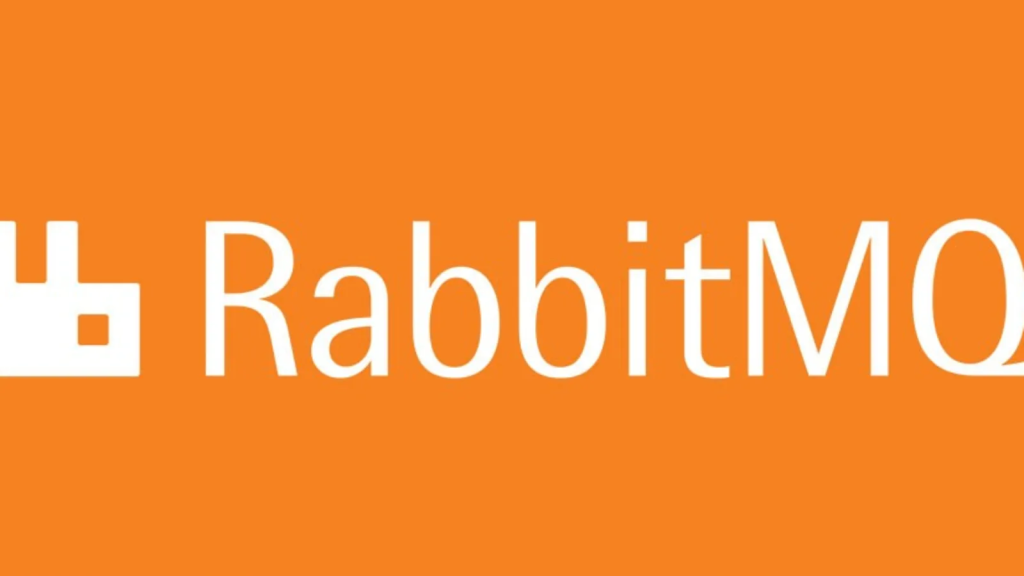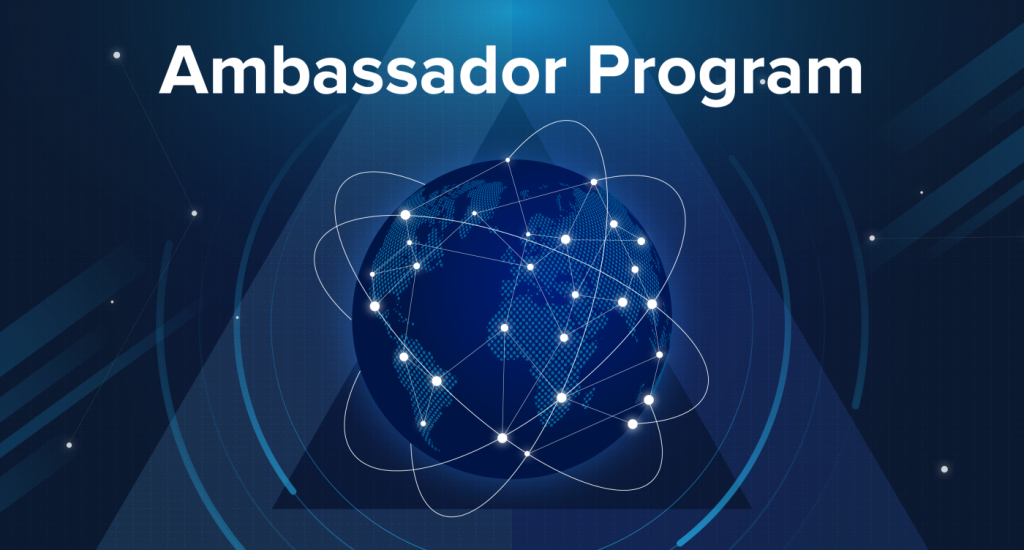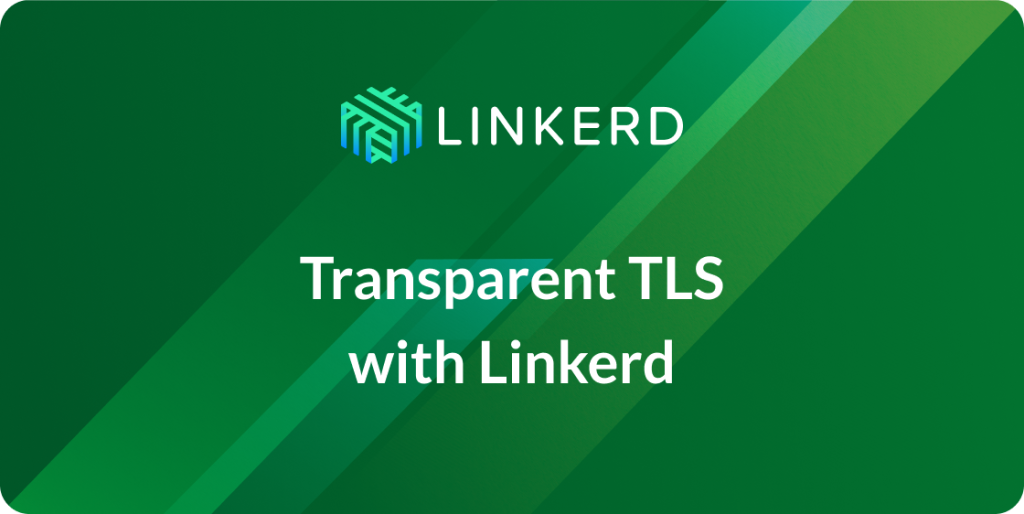
1. What is PagerDuty?
A. A software application testing tool.
B. A digital operations management platform.
C. An enterprise resource planning software.
Answer: B
2. What are the benefits of using PagerDuty for incident management?
A. Reduced response times and improved issue resolution.
B. Increased hardware and software performance.
C. Better network security.
Answer: A
3. What programming languages are commonly used with PagerDuty?
A. Ruby, Python, and Java.
B. C++, HTML, and CSS.
C. PHP, JavaScript, and Perl.
Answer: A
4. How does PagerDuty monitor infrastructure?
A. Through a combination of server-side agents and network probes.
B. Through browser-based agents and cookies.
C. By analyzing application logs.
Answer: A
5. What is the difference between an alert and an incident in PagerDuty?
A. An alert is a notification of an event, while an incident is an ongoing problem.
B. An alert is a scheduled task, while an incident is a service outage.
C. An alert is a warning about an impending issue, while an incident is a resolved problem.
Answer: A
6. How does PagerDuty integrate with other tools and services?
A. Via APIs, webhooks, and a wide range of third-party integrations.
B. Through manual data entry and spreadsheet imports.
C. By using proprietary plugins.
Answer: A
7. What is the role of a PagerDuty account executive?
A. To oversee the sales process and build relationships with customers.
B. To manage incident response and coordinate with IT teams.
C. To provide technical support and troubleshoot issues.
Answer: A
8. How does PagerDuty prioritize incidents?
A. By severity and impact on the business, as well as customer feedback and service level agreements.
B. By geographical location and time of day.
C. By the length of time an incident has been open.
Answer: A
9. What are some best practices for using PagerDuty?
A. Keep your team well-informed, configure escalations and on-call schedules, and implement incident response plans.
B. Ignore alerts that aren’t critical, use silencing tools to avoid unnecessary notifications, and minimize the use of automation.
C. Rely on external consultants, avoid collaborating with other teams, and don’t document incident details.
Answer: A
10. How does PagerDuty handle downtime and service outages?
A. By providing transparent communication, owning up to issues, and offering refunds when appropriate.
B. By blaming others, denying responsibility, and covering up problems.
C. By avoiding contact with customers during downtimes and ignoring complaints.
Answer: A
11. What is the PagerDuty incident lifecycle?
A. Detection, identification, triage, resolution, and learning.
B. Notification, mitigation, testing, reporting, and optimization.
C. Prevention, containment, analysis, repair, and recovery.
Answer: A
12. How does PagerDuty protect sensitive data and comply with regulations?
A. By implementing security controls, encryption, and access management features, as well as adhering to standards like SOC 2 and PCI DSS.
B. By ignoring security risks, leaving data unprotected, and ignoring compliance obligations.
C. By relying on third-party vendors to handle security and compliance issues.
Answer: A
13. What is the role of a PagerDuty technical account manager?
A. To provide technical consultation, assist with onboarding and implementation, and help customers optimize their use of PagerDuty.
B. To manage customer relationships and provide sales support.
C. To troubleshoot technical issues and provide support during outages.
Answer: A
14. What is PagerDuty’s pricing model?
A. Based on the number of users and services being monitored.
B. Fixed monthly subscription fees.
C. Pay-per-incident support charges.
Answer: A
15. How does PagerDuty handle on-call scheduling and rotations?
A. By using customizable schedules, escalation policies, and rotation rules.
B. By assigning on-call duties at random.
C. By letting team members pick their own schedules.
Answer: A
16. How does PagerDuty measure and report on incident response metrics?
A. Through dashboards, reports, and integrations with popular analytics tools.
B. Through written reports submitted by IT teams.
C. By using manual spreadsheets and email notifications.
Answer: A
17. What is the PagerDuty mobile app used for?
A. To view and manage incidents, receive push notifications, and access on-call schedules.
B. To track employee attendance and productivity.
C. To manage customer relationships and sales leads.
Answer: A
18. How does PagerDuty integrate with cloud infrastructure?
A. Via APIs and webhooks, as well as with cloud providers like AWS and Azure.
B. By installing proprietary software on cloud-based servers.
C. By using browser-based integration tools.
Answer: A
19. What is the role of a PagerDuty solutions engineer?
A. To design custom solutions, provide technical consultation, and assist with implementation efforts.
B. To manage customer relationships and provide sales support.
C. To troubleshoot technical issues and provide support during outages.
Answer: A
20. What is PagerDuty’s approach to incident prevention?
A. To use AI and machine learning to predict and prevent incidents before they occur, and to continuously improve through post-incident reviews.
B. To ignore the possibility of incidents occurring.
C. To shift the responsibility of incident prevention to the customer.
Answer: A
21. What is a PagerDuty incident commander?
A. A lead responder who is accountable for coordinating the incident response effort.
B. A third-party contractor who provides after-hours support.
C. A customer support representative who manages incoming calls and emails.
Answer: A
22. What is PagerDuty’s approach to customer support?
A. To provide 24/7/365 support, prioritize customer issues, and respond in a timely manner.
B. To ignore customer complaints and provide little to no support.
C. To limit support options and avoid direct customer interaction.
Answer: A
23. What is the role of a PagerDuty customer success manager?
A. To manage customer relationships, ensure successful adoption, and identify growth opportunities.
B. To provide technical support and troubleshoot issues.
C. To assist with onboarding and implementation efforts.
Answer: A
24. How does PagerDuty handle incident handover between shifts?
A. By using automated handover reports and task checklists.
B. By expecting responders to remember all relevant details.
C. By not requiring handover between shifts.
Answer: A
25. What is the role of a PagerDuty product manager?
A. To shape the product strategy and roadmap, stay up-to-date on industry trends, and work closely with development teams.
B. To troubleshoot technical issues and provide support during outages.
C. To manage customer relationships and provide sales support.
Answer: A
26. How does PagerDuty’s machine learning capabilities enhance incident management?
A. By analyzing historical incident data and making recommendations to responders, as well as identifying trends and patterns.
B. By replacing human responders with machine learning algorithms.
C. By providing no added value to the incident management process.
Answer: A
27. What is the PagerDuty Community?
A. An online forum for PagerDuty users to share best practices, ask questions, and network.
B. A software development platform.
C. A marketplace for third-party integrations.
Answer: A
28. What is PagerDuty’s approach to training and education?
A. To offer a variety of training options, including online courses, in-person training sessions, and certifications.
B. To provide no training or education for users.
C. To only offer training to enterprise customers.
Answer: A
29. How does PagerDuty handle incidents with multiple responders?
A. By using configurable escalation policies, collaboration tools, and incident ownership settings.
B. By randomly assigning incidents to responders.
C. By not allowing multiple responders to work on the same incident.
Answer: A
30. What is the PagerDuty API used for?
A. To programmatically interact with PagerDuty and perform actions like creating and resolving incidents.
B. To monitor social media accounts.
C. To track employee time off requests.
Answer: A
31. What is the role of a PagerDuty marketing manager?
A. To develop marketing strategies and campaigns, create collateral and content, and promote PagerDuty’s brand and products.
B. To manage customer relationships and provide sales support.
C. To provide technical support and troubleshoot issues.
Answer: A
32. How does PagerDuty handle after-hours support?
A. By providing 24/7/365 support through phone, email, and chat channels.
B. By only offering support during normal business hours.
C. By outsourcing support to third-party contractors.
Answer: A
33. What is the PagerDuty operations command console?
A. A visual dashboard for managing incidents and monitoring infrastructure health.
B. A console for managing employee attendance and payroll.
C. A tool for managing customer relationships and sales leads.
Answer: A
34. How does PagerDuty handle change management?
A. By providing optional integrations with popular change management tools, and by requiring procedural changes to go through approval processes.
B. By ignoring change management and allowing teams to make changes on their own.
C. By encouraging frequent and uncontrolled changes.
Answer: A
35. What are some challenges that PagerDuty helps organizations overcome?
A. Lack of visibility and collaboration, slow response times, and service outages.
B. Employee turnover, sales inefficiencies, and poor financial performance.
C. Network security vulnerabilities, legal compliance issues, and lack of scalability.
Answer: A
36. What is the PagerDuty Marketplace?
A. A collection of third-party integrations and plugins for PagerDuty, developed by customers and partners.
B. A marketplace for digital marketing services.
C. A catalog of internal resources and documentation.
Answer: A
37. How does PagerDuty handle incident retrospectives?
A. By conducting post-incident reviews, analyzing root causes, and identifying opportunities for improvement.
B. By ignoring incidents and hoping they don’t happen again.
C. By blaming individuals and avoiding responsibility.
Answer: A
38. What is the role of a PagerDuty services consultant?
A. To provide technical consultation, assist with implementation efforts, and help customers optimize their use of PagerDuty.
B. To manage customer relationships and provide sales support.
C. To troubleshoot technical issues and provide support during outages.
Answer: A
39. How does PagerDuty handle incident response during system upgrades or maintenance windows?
A. By disabling notifications during pre-scheduled maintenance windows, and by using on-call schedules and service alerts to manage upgraded systems.
B. By ignoring scheduled maintenance windows and continuing to operate as normal.
C. By avoiding scheduled maintenance altogether.
Answer: A
40. What is the PagerDuty Digital Operations Maturity Model?
A. A framework for assessing and improving an organization’s digital operations maturity, along five levels of increasing sophistication.
B. A framework for assessing an organization’s financial health and performance.
C. A framework for assessing an organization’s cybersecurity vulnerabilities.
Answer: A
41. What is the role of a PagerDuty security engineer?
A. To design and implement security controls, identify vulnerabilities and risks, and ensure adherence to security standards and regulations.
B. To manage customer relationships and provide sales support.
C. To troubleshoot technical issues and provide support during outages.
Answer: A
42. How does PagerDuty handle incident communication?
A. By providing multiple channels for communication, like phone, email, chat, and SMS, as well as customizable templates and notifications.
B. By ignoring communication and leaving customers in the dark.
C. By providing a single communication channel and offering no customization options.
Answer: A
43. What is PagerDuty’s approach to incident response automation?
A. To automate repetitive tasks and streamline the incident response process, while ensuring that human responders remain in control.
B. To replace human responders with automated scripts and tools.
C. To avoid incident response automation altogether.
Answer: A
44. What is the role of a PagerDuty enterprise account executive?
A. To build and maintain relationships with enterprise customers, oversee complex sales processes, and identify growth opportunities.
B. To manage customer relationships and provide technical support.
C. To troubleshoot technical issues and provide support during outages.
Answer: A
45. How does PagerDuty handle incident communication during downtime or outages?
A. By providing regular updates, clear communication channels, and transparency about the issue at hand.
B. By ignoring communication and leaving customers in the dark.
C. By overcommunicating about minor issues and causing confusion.
Answer: A
46. What is the role of a PagerDuty customer support engineer?
A. To troubleshoot technical issues and provide support during incidents, as well as to assist with onboarding and training efforts.
B. To manage customer relationships and provide sales support.
C. To design and implement security controls, identify vulnerabilities and risks, and ensure adherence to security standards and regulations.
Answer: A
47. How does PagerDuty handle incident response across different time zones?
A. By using customizable on-call schedules and escalation policies to ensure round-the-clock incident response coverage.
B. By ignoring time zone differences and continuing to operate as normal.
C. By requiring IT teams to work in overlapping shifts.
Answer: A
48. What is PagerDuty’s approach to post-mortems?
A. To conduct post-incident reviews, create follow-up tasks, and track resolution progress, as well as to identify root causes and prevent recurrence.
B. To ignore incidents and hope they don’t happen again.
C. By blaming individuals and avoiding responsibility.
Answer: A
49. How does PagerDuty handle incident response for different types of industries and use cases?
A. By offering industry-specific products, integrations and best practices, as well as customizable workflows and on-call schedules.
B. By ignoring industry-specific needs and providing a one-size-fits-all approach.
C. By limiting their services to a few industries and use cases.
Answer: A
50. What is the PagerDuty incident priority matrix?
A. A framework for prioritizing incidents based on the severity of impact and urgency of resolution.
B. A framework for prioritizing incidents based on geography and business unit.
C. A framework for prioritizing incidents based on customer feedback.








